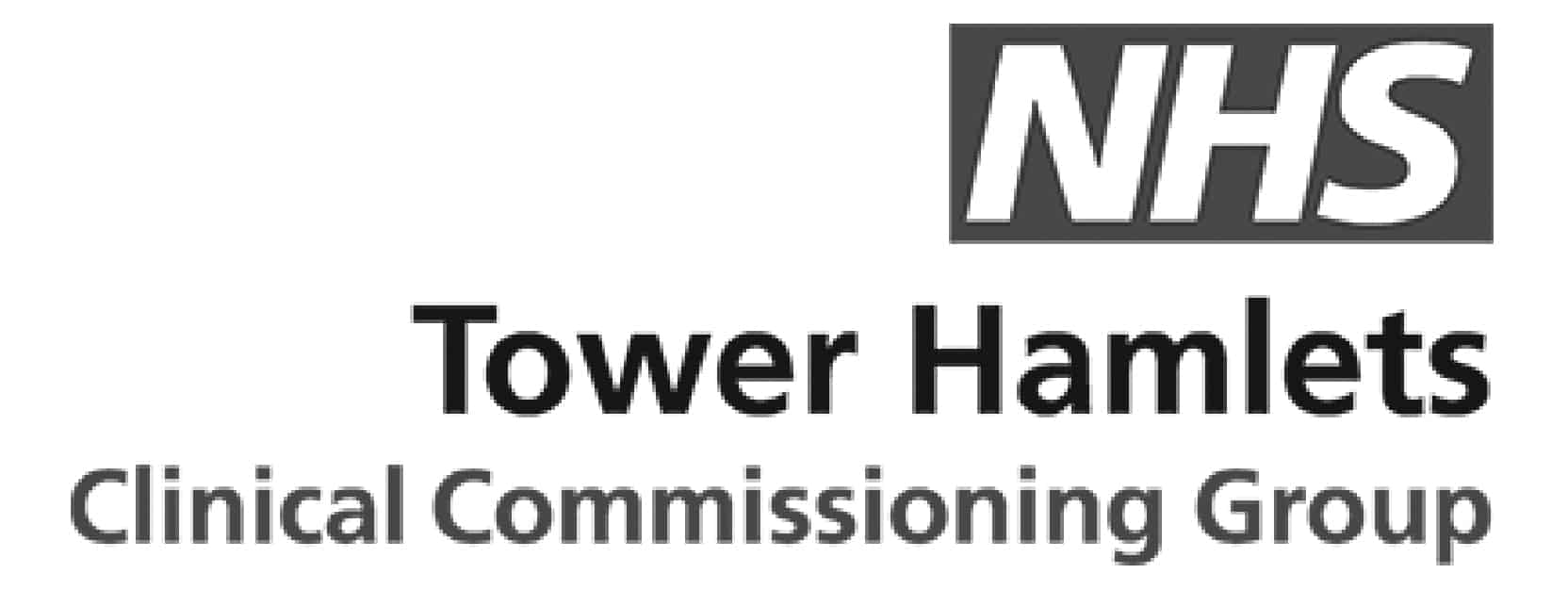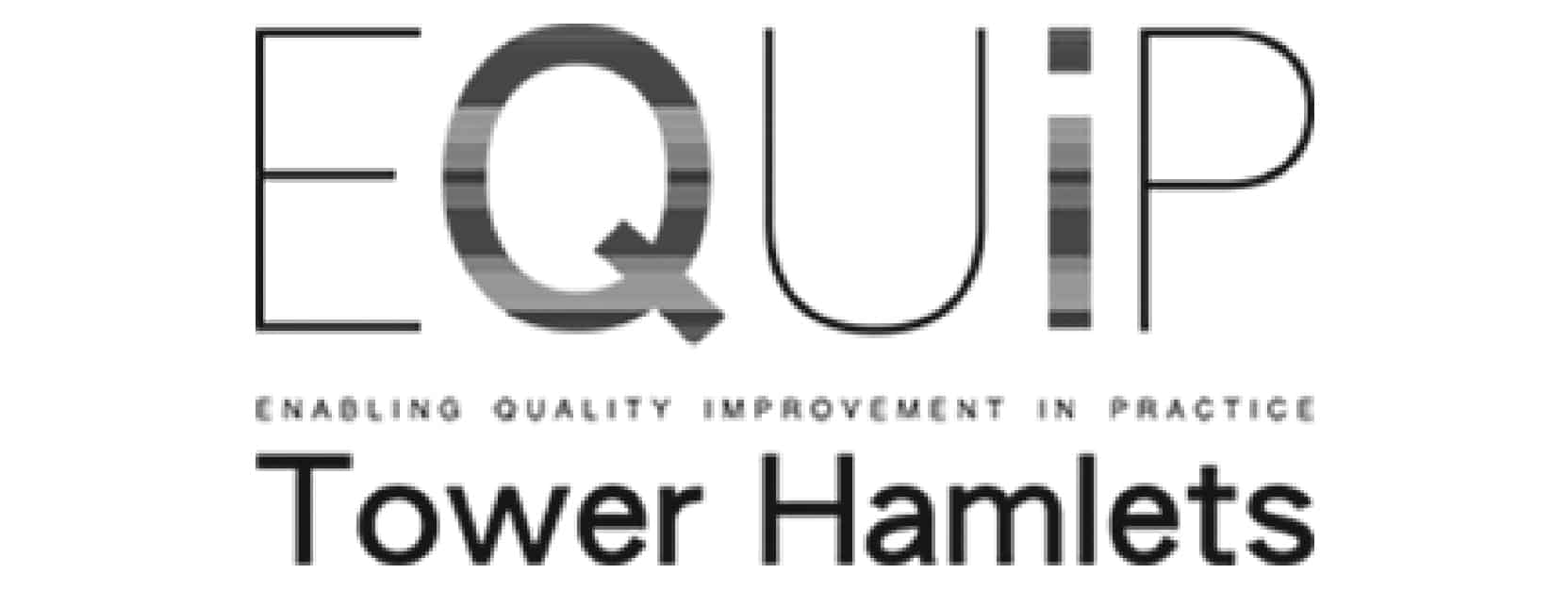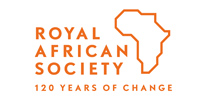Please, Not Another Employee Engagement Survey!

Please, Not Another Employee Engagement Survey!
Last week, I spent 2 days at a national leadership conference where I facilitated employee and leadership conversations with about 100 participants from a department within a British multinational organisation. It left me celebrating organisations that embrace collective leadership.
For this department, we spent the first day exploring key challenges they face around processes and performance. On the second day, we gathered again to review results of their recent employee engagement survey in a session we titled “Moving from Insight to Collective Action”. Together, we dug deeper for greater context around some of the feedback, and more importantly, brainstormed and explored ways to address the gaps highlighted by the survey.
Over the years, Employee Engagement Surveys have become the norm in organisations. Employees are invited to share their views on what their organisation is doing well and what’s not working. Where this process is rolled out poorly, employees provide feedback, then sit back to wait for their leadership team to solve problems raised. The process itself feeds a parent-to-child (rather than an adult-to-adult) type relationship between the leadership teams and their people.
Given the unrealistic expectations these surveys can create, employees are often inadvertently left with the feeling that there is no point to them, as their stated expectations are left unmet. Over time, they give up on completing the surveys entirely which then leads to the poor response rate often reported by organisations.
According to a recent Forbes article and several other research, despite the cost and efforts put into administering employee surveys, the average employee survey response rate is just a meager 30%-40%!
Unsurprisingly last week’s department had a response rate of over 80% with most of the survey respondents present and truly engaged at the conference. Here’s why and…
3 practices and ways to make your surveys true ‘engagement’ surveys:
- Set context and expectations even before surveys are sent out: employees should know why you’re asking for feedback and what would happen with their responses. More importantly, make it clear that you expect all hands on deck to help bridge any gaps identified by the survey.
- Create opportunities for your employees to discuss the results; preferably broken down by departments and even teams – soon after results are out. This helps them feel heard and engaged. Imagine making a request, giving your response and then having the other person just take it and walk away. No follow up two-way conversation (not a presentation)!
- Invite your employees to work together to address identified challenges: one of the questions that often comes up in our Team Development programmes is whether the teams that bring us in are real teams. According to Management Consultants, Katzenbach and Smith, a Real Team is one where:
….a small group of people share a common purpose and approach. They have complementary skills and share accountability for results.
When we break down results of an Employee Engagement Survey and facilitate sometimes difficult conversations at team level, we find that it can become the first opportunity for ‘teams’ to have a common purpose and create shared accountability for results. They start to move from being a working group to becoming a real team.
So, here’s an invitation – if you are yet to do so, try the approach taken by the department mentioned above. Get your people together, discuss your results, brainstorm ideas and build in shared accountability for creating the change they would like to see.
With collective leadership, you will find your experience as a leader less overwhelming and more fulfilling.


























